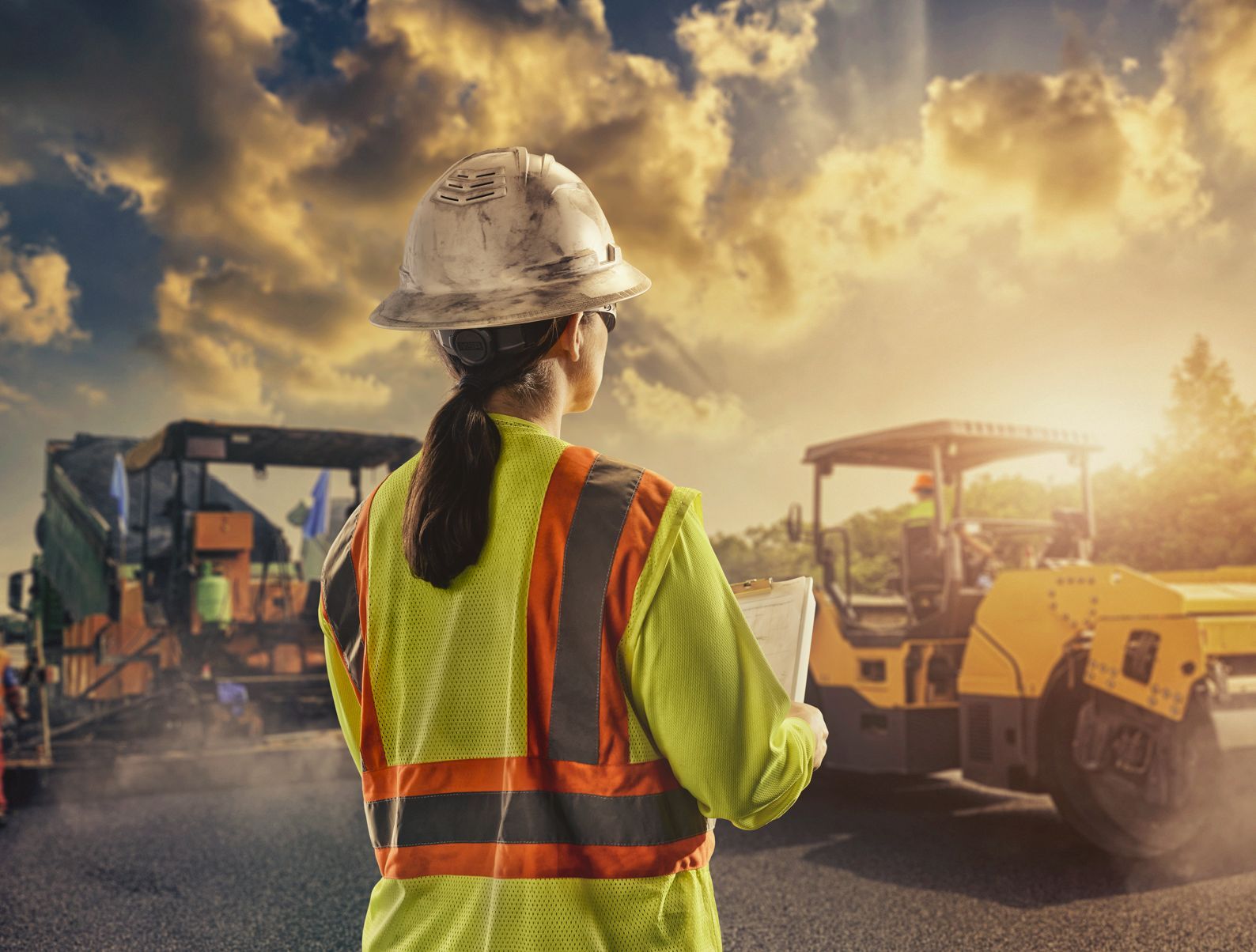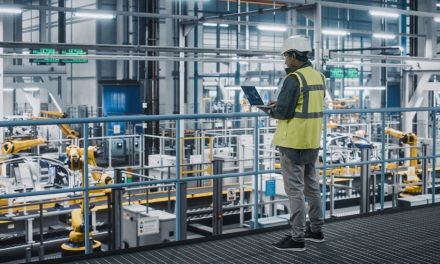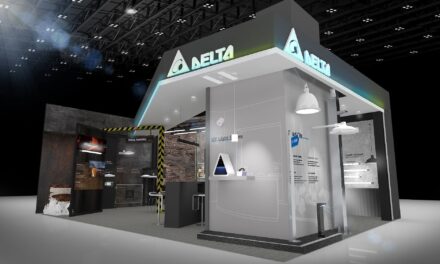For workers who are required to wear personal protective clothing or equipment, it might be difficult to become fully immersed in the day job if they are faced with niggly and persistent discomforts. High-visibility jackets, waterproof steel-toed boots, insulated gloves, and hard hats are all vital to construction-worker safety, yet they may not always be comfortable or easy to wear.
At MSA Safety, we appreciate the value in improving the quality and experience of wearing personal protective equipment (PPE). Indeed, a construction worker, operating on site for eight or more hours a day can be wearing these products for more than 2,000 hours every year. Therefore, it’s worth investing in appropriate equipment that is comfortable to wear, whilst still being able to protect people from potentially fatal impacts at critical moments.
High quality head protection doesn’t only contribute to keeping construction workers safe, but also improves workers’ confidence, wellbeing, and productivity. So, let’s walk through a day in the life of a construction worker’s safety helmet and explore what these vital pieces of equipment do daily.
8am: the workday begins
The UK’s ‘standard hours’ permitted for noisy work is typically between 8am and 6pm – a window that many construction workers look to maximise when presented with good weather conditions. For the next 10 hours, your construction helmet could be the difference between a small accident leaving no trace, or a critical incident with possible life-changing impacts.
If you want to feel confident that your helmet offers you protection when wearing it, consider reviewing some of the different components, features, and characteristics that are relevant to your work requirements.
- Does it comply with the relevant standards? Check whether you need to meet EN, ANSI and CSA standards or other grades for specific applications, to ensure you are legally compliant and your helmet has the most up-to-date safety requirements.
- Is it comfortable? Look for features like a fast-dry sweatband, intuitive and full adjustability, ventilation systems and a lightweight design.
- Can accessories be added? Accessories may be needed to add extra protection for workers’ faces, eyes, hearing and breathing.
- Does it look good? While safety should never be compromised for style, a more attractive helmet can increase the likelihood that it will be worn.
- Can you choose application-specific features? For example, working at heights or in confined spaces, you want to choose a helmet with a chinstrap and that is brimless and compact. While working in electrical environments you might need to choose helmets that are non-vented, have an integrated face mask and are gutter free.
11:30am: approaching lunchtime
At this point, you’ve been wearing your construction helmet and visor continuously for three and a half hours. You’ve had a physically taxing morning, building scaffolding on a hot summer’s day, tilting your head and helmet in all directions as you duck, crouch, lift, lower, and look up, down, and around, while focusing on your footing and materials placement.
Perhaps your helmet is a bit heavy, or doesn’t quite fit your head properly, causing it to slip and slide around. Maybe the ventilation is poor, heating up your head to the point where you need to pause and take it off for a moment of respite in the sun. Maybe the visor tinting is either too weak, or too strong, causing visibility issues that make it difficult to navigate the scaffolding and associated structures.
Hard hats that are inappropriate for the task at hand can make working safely a difficult task, and impede productivity in a stop-start manner all morning. When faced with the heat and discomfort of foggy helmet, that just doesn’t fit properly, workers may feel tempted to lift their visor or take their helmets off completely – and that can be incredibly dangerous in hazardous construction environments.
What are some of the features that MSA Safety’s range of V-Gard® Helmets offers to help alleviate this?
- A six-point ratchet textile suspension, that contributes to your comfort, ensuring your hard hat remains secure on your head.
- An easy-to-operate ratchet, allowing you to adjust your construction helmet safely and comfortably to the shape of your head, even while wearing gloves. This minimises rattling and slippage, even when repeatedly looking up and down.
- A four-point textile chinstrap to reinforce the retention of the helmet on your head.
- A premium foam washable and replaceable sweatband to keep you feeling fresh on both hot days and during physical exertion.
- An integrated visor that can be pulled down and retracted in a reliable one-handed smooth movement, even with a gloved hand. An integrated visor also means it’s always available when you need it. It can’t be lost or forgotten – and when it’s not needed, it’s protected within the shell of the helmet.
- A visor with an anti-fog and anti-scratch coating, and high optical quality that will help protect you against many hazards, including impacts, chemical splash, UV radiation, molten metal projections and an electric arc.
- A modern, dynamic design, with a low-profile, sports-styled shell, to ensure you’re less likely to knock your head on obstacles around you.
1pm: lunch over, back to work
It’s time for the afternoon shift. In the morning your team has managed to get the scaffolding up, and now attention turns towards the maintenance work on the building’s roof.
Working at height is a job that requires a large field of vision, because it’s not just the danger of falls that you need to be aware of, you still need to be careful not to hit your head against any surrounding materials. Thankfully, investing in a construction helmet that suits your daily work requirements provides additional comfort and helps to protect you against a range of potential hazards, whilst carrying out complex construction work.
For example, the four-point chinstrap and six-point ratchet suspension design allows for better upward vision and provides a secure, comfortable fit when you’re looking up and down repeatedly.
6pm: your work day is done
It’s been a long hot day – and if you have been wearing a hard hat that has been sliding around on your head and causing excess heat, you might think to take it off while you finish clearing up and head back to the van.
However, hazards don’t stop when the workday is complete. Taking your helmet off at any point on site opens you up for potential danger, this is why it is so important to have a hard hat that not only helps to protect you, but is also comfortable. This is one of the most important ways to help prevent workers from misuse of their PPE.
Indeed, a construction helmet is much more than a protective shell. It’s a potential lifesaver, so invest in the best. After all, a safe and comfortable worker is also a happy and productive worker, who gets to return home at the end of the day.
Would you like to test this helmet in the field and compare it to the solution you’re using today? Click here to learn more.




